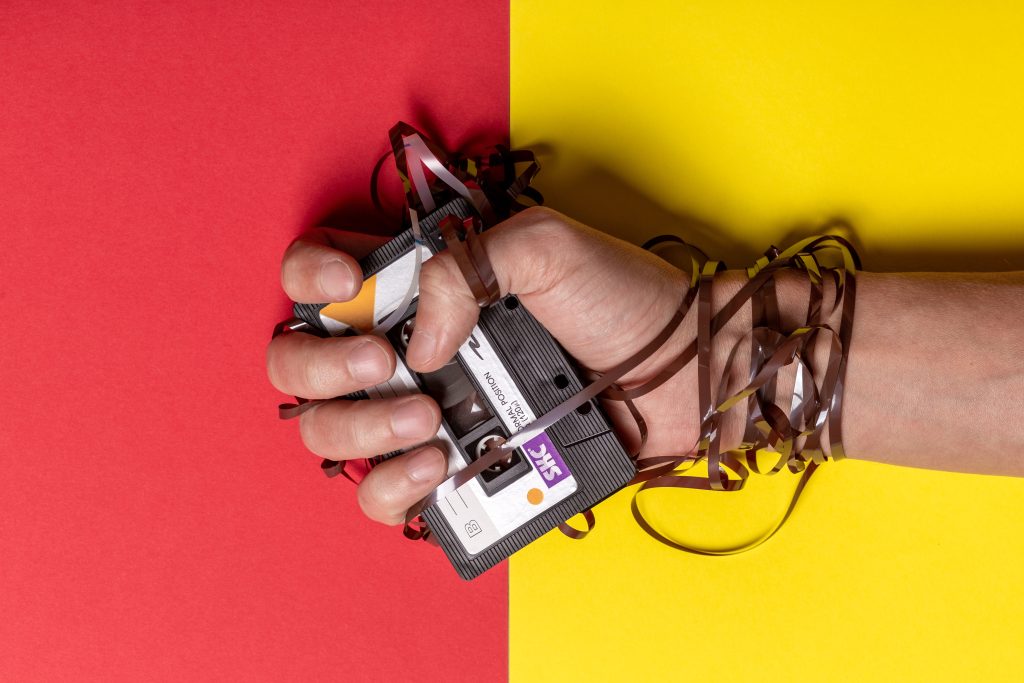Chapter 5 – Musical Memory

Experts typically think of memory as two interconnected systems.
On the one hand, there’s working memory, which is focused on what you’re doing right now. Scientists used to talk about “short-term memory,” but then they noticed that when you’re (for example) trying to focus on remembering a number while also doing a math problem, the memory and the math will interfere with each other. This suggests that whatever brain mechanisms are required for short-term memory are also required to work with information and transform it. Music relies on our working memory constantly as we process sounds we’ve just heard, written notes we are reading, the signals of our ensemble-mates and/or conductor, and more.
On the other hand, there’s long-term memory. This is most obviously relevant when we memorize a piece of music and perform it from memory two weeks later. But long-term memory is also an important support for working memory. Working memory is limited: evidence suggests that our working memory can store and work with about 3–4 items at a time. If you could only work with 3–4 notes at a time, that would be very limiting! But your long-term memory stores the many patterns that you’ve gotten used to throughout your musical life—common chord progressions, cadence patterns, types of melodic decorations, dance beats, and more. Once something like this is defined as a “chunk” in your long-term memory, your working memory can work much more efficiently: instead of each note or chord or whatever filling an entire “slot” in your working memory, you can now fit the entire chunk and thereby fit a lot more information into your working memory.
Believe it or not, “chunking” is an official, technical term that people who focus on the brain use. It may sound silly, but it is incredibly useful in helping us work with more stuff at a time in our working memory. Fitting more stuff into our working memory allows us to process music more efficiently, but it also can help us be more musical, as it can help us focus on the relationships between notes rather than seeing each as a thing in and of itself. So in this section we will be working a lot with this most unofficial-sounding technical term: “chunking.”
Learning Objectives
Students will be able to:
- Describe heard or notated music in “chunks.”
- Define some of the most common chunk types: contour-based, harmony-based, non-chord tones, rhythmic cells, etc.
- Describe how to reinforce musical memory through different ways of conceptualizing music (sound, solfege, physical motion, etc.)
- Remember and sing back a pre-planned portion of a heard melody (“extractive listening”).
- Describe how to improve one’s long-term memory of music.
Image Attributions |
|

